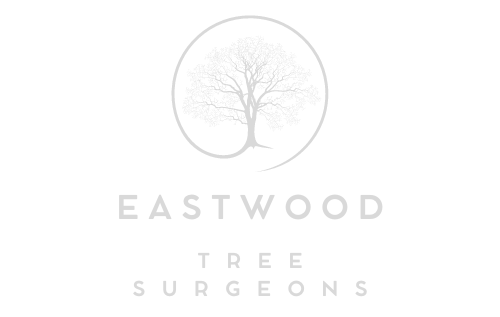Crown Reduction or Crown Thinning: Which Is Best for Your Tree?
When it comes to managing the health, safety, and appearance of your trees, two of the most common techniques are crown reduction and crown thinning. While both methods involve the careful removal of branches, they serve different purposes and achieve very different results. At Eastwood Tree Surgeons in Eastwood, Nottingham, we are often asked which technique is better, and the answer depends on the needs of the tree and the goals of the homeowner.
What Is Crown Reduction?
Crown reduction is a method of reducing the overall size and spread of a tree’s canopy. This is achieved by carefully cutting back branches to suitable growth points, ensuring the natural shape of the tree is maintained.
Benefits of Crown Reduction:
- Controls tree size – Ideal for trees that have outgrown their space or are encroaching on nearby buildings, power lines, or gardens.
- Prevents structural stress – By reducing weight on heavy branches, crown reduction lowers the risk of breakage in storms.
- Improves safety – A smaller crown reduces the likelihood of large limbs falling and causing damage.
- Encourages healthier growth – Redirects the tree’s energy into stronger, more stable branches.
This technique is particularly useful for larger, mature trees that have become too dominant for their location.
What Is Crown Thinning?
Crown thinning, on the other hand, does not reduce the overall size of the canopy but instead selectively removes smaller branches throughout the crown. The goal is to reduce density while maintaining the natural outline of the tree.
Benefits of Crown Thinning:
- Increases light penetration – Thinning allows more sunlight to reach lawns, flowerbeds, and other plants below.
- Improves airflow – Better air circulation helps reduce the risk of fungal growth and disease.
- Maintains natural shape – The size and form of the tree remain largely the same while looking lighter and more balanced.
- Reduces wind resistance – Thinned crowns are less likely to suffer damage in high winds.
Crown thinning is particularly effective for trees that are overly dense or those that cast too much shade on gardens.
Choosing Between Crown Reduction and Crown Thinning
The best choice depends on what you want to achieve:
- If the tree is too large for its environment – Crown reduction is usually the most effective option.
- If the tree is healthy but too dense – Crown thinning provides better light and airflow without changing the tree’s size.
- If safety is a concern – Both methods can help, but reduction is typically used for heavy branches at risk of breaking.
- If garden conditions are affected by shade – Thinning will help create a brighter, more open garden environment.
At Eastwood Tree Surgeons, we assess each tree individually to recommend the right approach for both the tree’s health and the homeowner’s goals.
Why Professional Tree Surgery Matters
Tree surgery is a skilled task that requires knowledge of tree biology and safe cutting techniques. Poorly executed crown work can leave a tree vulnerable to disease, decay, or structural weakness. By working with Eastwood Tree Surgeons in Eastwood, Nottingham, you can be confident that your trees are maintained using industry-approved methods that enhance both safety and long-term health.
Conclusion
Both crown reduction and crown thinning are valuable tree surgery techniques, but the right choice depends on the needs of the tree and the surrounding environment. Reduction is best for controlling size and preventing risk, while thinning is ideal for improving light, airflow, and overall balance. By relying on the expertise of Eastwood Tree Surgeons in Eastwood, Nottingham, homeowners can ensure their trees remain safe, attractive, and healthy for years to come. Professional tree care not only protects your trees but also transforms your garden into a brighter, safer, and more enjoyable space.
Call us on: 01773 304 697
Click here to find out more about Eastwood Tree Surgeons
Click here to complete our contact form and see how we can help with your tree needs.

